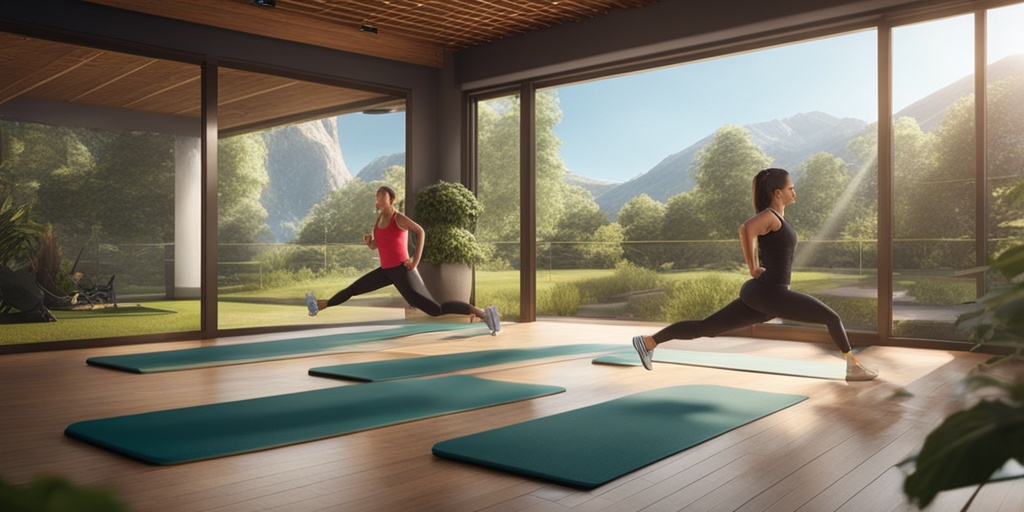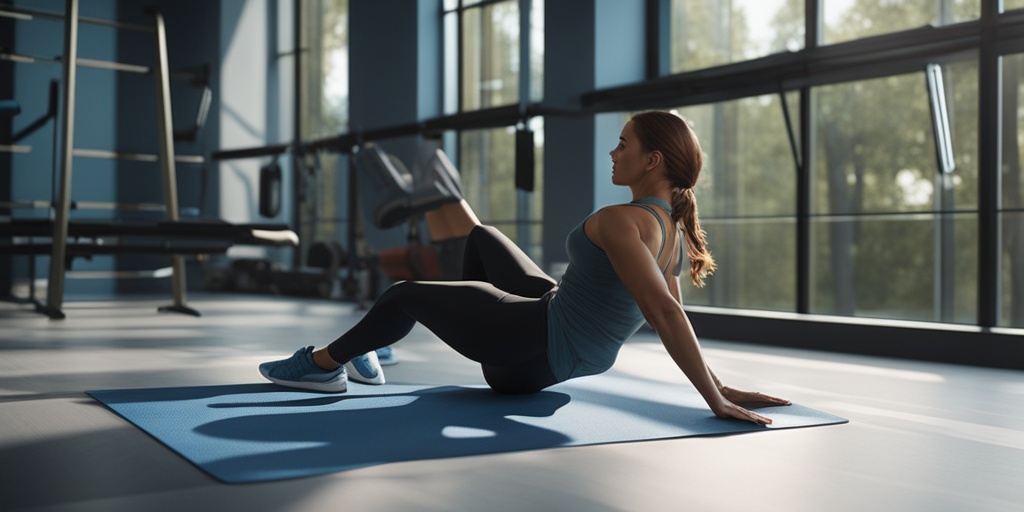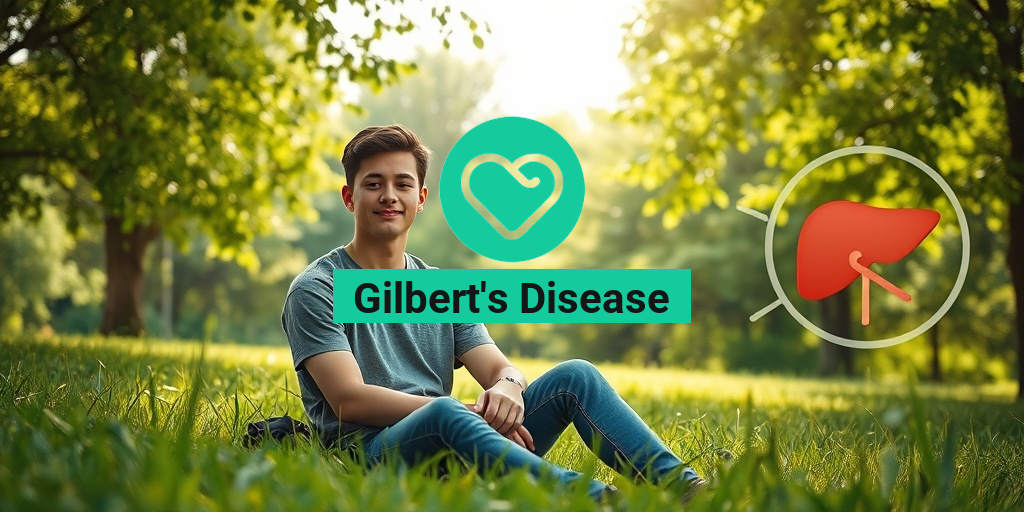What is Fitness?
Fitness is a term that gets thrown around a lot, but what does it really mean? Is it just about having a six-pack or being able to run a marathon? 🏃♂️ In reality, fitness is so much more than that. It’s a state of being that encompasses physical, mental, and emotional well-being.
The Physical Aspect
Physically, fitness refers to the ability of your body to function efficiently and effectively. This includes having a healthy weight, being able to perform daily tasks with ease, and having the energy to enjoy life to the fullest. It’s about having a strong heart, lungs, and muscles that work together in harmony.
The Mental and Emotional Aspect
But fitness is not just about the physical. It’s also about mental and emotional well-being. When you’re physically fit, you’re more likely to have a positive outlook on life, be more resilient to stress, and have better mental clarity. You’re also more likely to have a healthy self-image, be more confident, and have better relationships with others.
In short, fitness is about being the best version of yourself – physically, mentally, and emotionally. It’s about living a healthy, happy, and fulfilling life.
Benefits of Regular Exercise
So, why is fitness so important? The benefits of regular exercise are numerous and far-reaching. Here are just a few:
Weight Management
Regular exercise helps you maintain a healthy weight, reduce the risk of obesity, and even lose weight if needed. This, in turn, reduces the risk of chronic diseases like diabetes, heart disease, and certain types of cancer.
Improved Cardiovascular Health
Exercise strengthens your heart and lungs, improving cardiovascular health and reducing the risk of heart disease, stroke, and high blood pressure.
Increased Energy
Regular physical activity boosts energy levels, making it easier to tackle daily tasks and enjoy life to the fullest.
Better Mental Health
Exercise has been shown to reduce symptoms of anxiety and depression, improve mood, and even reduce the risk of dementia.
Better Sleep
Regular exercise helps improve sleep quality, duration, and depth, leading to better rest and recovery.
And the list goes on! Regular exercise has even been shown to improve cognitive function, reduce the risk of certain diseases, and increase longevity.
So, how can you get started on your fitness journey? 🏋️♀️ It’s simple: start small, set achievable goals, and find activities you enjoy. Whether it’s walking, running, swimming, or dancing, the most important thing is to find a physical activity that you love and can stick to in the long term.
And if you need help or guidance along the way, consider consulting with a healthcare professional or using a trusted resource like Yesil Health AI, which provides evidence-based health answers and personalized guidance.
Remember, fitness is a journey, not a destination. It’s about making healthy choices, being consistent, and celebrating small victories along the way. So, what are you waiting for? Get moving, and start your fitness journey today! 🏃♂️💪

Types of Fitness Exercises
Fitness is a broad term that encompasses various forms of physical activity. When it comes to exercising, there are numerous options to choose from, and each type has its unique benefits. In this section, we’ll explore the different types of fitness exercises that can help you achieve your health and wellness goals.
Cardiovascular exercises, also known as aerobic exercises, are designed to improve the health of your heart and lungs. These exercises increase your heart rate and blood flow, helping you burn calories and boost your endurance. Examples of cardiovascular fitness exercises include:
- Running or jogging
- Cycling
- Swimming
- Dancing
- Brisk walking
Strength Training Exercises
Strength training exercises focus on building muscle mass and increasing bone density. These exercises involve using weights, resistance bands, or your own body weight to challenge your muscles. Examples of strength training exercises include:
- Weightlifting
- Bodyweight exercises (push-ups, squats, lunges)
- Resistance band exercises
- Kettlebell exercises
Flexibility and Stretching Exercises
Flexibility and stretching exercises help improve your range of motion and reduce muscle tension. These exercises can be done before or after a workout to prevent injuries and improve overall flexibility. Examples of flexibility and stretching exercises include:
- Yoga
- Pilates
- Static stretches (hamstrings, quadriceps, chest)
- Dynamic stretches (leg swings, arm circles)
High-Intensity Interval Training (HIIT)
HIIT involves short bursts of high-intensity exercise followed by brief periods of rest. This type of exercise is excellent for burning calories, improving cardiovascular health, and increasing muscle endurance. Examples of HIIT workouts include:
- Sprint intervals
- Burpees
- Jump squats
- Mountain climbers
How to Create a Fitness Plan
Creating a fitness plan can help you stay motivated, track your progress, and achieve your health and wellness goals. A well-structured fitness plan should include the following components:
Set Specific and Achievable Goals
Define your fitness goals, whether it’s to lose weight, build muscle, or increase endurance. Make sure your goals are specific, measurable, achievable, relevant, and time-bound (SMART). For example:
I want to lose 10 pounds in the next 3 months by exercising for 30 minutes, 3 times a week.
Choose Your Workout Schedule
Decide on a workout schedule that fits your lifestyle. Consider your availability, preferences, and fitness level when selecting a schedule. You can choose to work out:
- 3-4 times a week, with at least one day of rest in between
- Every morning, with a mix of cardio and strength training
- Every evening, with a focus on flexibility and stretching
Select Your Workout Routine
Choose a workout routine that aligns with your goals and fitness level. You can:
- Follow a pre-designed workout plan
- Work with a personal trainer
- Create your own routine using a mix of exercises
Track Your Progress
Monitor your progress by tracking your workouts, weight, measurements, and body fat percentage. Use a fitness tracker, journal, or mobile app to stay accountable and motivated.
Remember, a fitness plan is not a one-size-fits-all solution. It’s essential to be flexible and make adjustments as needed. Stay committed, and you’ll be on your way to achieving your fitness goals! 🏋️♀️💪

Fitness Goals for Beginners
Getting started with fitness can be intimidating, especially for beginners. With so many options and conflicting advice, it’s easy to feel overwhelmed. But don’t worry, we’ve got you covered! Setting realistic fitness goals is crucial for success, and we’re here to guide you through it.
Why Set Fitness Goals?
Setting fitness goals helps you stay motivated, focused, and track your progress. It’s essential to define what you want to achieve, whether it’s losing weight, building muscle, or increasing endurance. Having clear goals in mind will help you create a workout routine that’s tailored to your needs and preferences.
Short-Term vs. Long-Term Goals
When setting fitness goals, it’s essential to distinguish between short-term and long-term objectives. Short-term goals are achievable within a few weeks or months, while long-term goals take longer to accomplish.
Examples of short-term goals:
- Losing 5-10 pounds in the next 3 months
- Increasing your daily step count by 1,000 steps
- Performing 10 push-ups in a row
Examples of long-term goals:
- Running a marathon within the next year
- Building a strong, toned physique
- Reducing body fat percentage by 10%
SMART Fitness Goals
Make sure your fitness goals are SMART: Specific, Measurable, Achievable, Relevant, and Time-bound. This will help you create a clear roadmap for success.
Example of a SMART goal:
I want to lose 10 pounds in the next 3 months by exercising for 30 minutes, 3 times a week, and reducing my daily caloric intake by 500 calories.
This goal is specific, measurable, achievable, relevant, and time-bound. You know exactly what you need to do to achieve your goal, and you can track your progress along the way.
Importance of Warm-up and Cool-down
When it comes to working out, many people overlook the importance of warm-up and cool-down exercises. However, these exercises are crucial for preventing injuries, improving performance, and enhancing overall fitness.
Why Warm-up?
A proper warm-up prepares your body for physical activity by:
- Increasing blood flow and temperature in your muscles
- Improving flexibility and range of motion
- Activating your nervous system and preparing your muscles for exercise
A good warm-up can be as simple as 5-10 minutes of light cardio, such as jogging, jumping jacks, or cycling. You can also incorporate dynamic stretching, like leg swings and arm circles.
Why Cool-down?
A proper cool-down helps your body recover from physical activity by:
- Reducing muscle soreness and improving flexibility
- Helping your body remove waste products, such as lactic acid
- Gradually bringing your heart rate and breathing back to normal
A good cool-down can be as simple as 5-10 minutes of static stretching, focusing on the muscles you used during your workout. You can also incorporate foam rolling or self-myofascial release to help reduce muscle tension.
Remember, a proper warm-up and cool-down are essential for getting the most out of your workout and reducing the risk of injury. So, don’t skip them! 💪

Fitness Safety Tips
Getting fit and healthy is an exciting journey, but it’s essential to prioritize your safety above all else. Injuries can be a major setback, and in some cases, they can even be life-threatening. That’s why we’ve put together these essential fitness safety tips to help you avoid common mistakes and stay safe while working out.
Warm Up and Cool Down
One of the most critical aspects of fitness safety is warming up and cooling down properly. A good warm-up prepares your muscles for the upcoming exercise, reducing the risk of strains and pulls. It’s essential to include 5-10 minutes of light cardio and dynamic stretching in your warm-up routine. On the other hand, cooling down helps your body recover from the exercise, reducing muscle soreness and improving flexibility. Make sure to include static stretches in your cool-down routine to help your muscles relax.
Listen to Your Body
It’s crucial to listen to your body and take regular breaks during your workout. If you’re feeling tired or experiencing pain, stop immediately and rest. Ignoring your body’s signals can lead to serious injuries, so don’t push yourself too hard. Remember, fitness is a journey, not a competition.
Use Proper Form and Technique
Using proper form and technique is vital to avoid injuries and get the most out of your workout. Take the time to learn the correct form for each exercise, and don’t be afraid to ask for help if you’re unsure. It’s better to start with lighter weights and focus on proper form than to risk injury by lifting heavy weights with poor technique.
Stay Hydrated
Staying hydrated is essential for your overall health and fitness. Make sure to drink plenty of water before, during, and after your workout. Dehydration can lead to dizziness, fatigue, and even heatstroke, so don’t take it lightly. Aim to drink at least 8-10 glasses of water per day, and adjust according to your individual needs.
Get Enough Rest
Getting enough rest and recovery time is critical for your body to repair and rebuild muscles. Aim for 7-9 hours of sleep per night, and take rest days as needed. Remember, rest is not a luxury, it’s a necessity for your fitness journey.
—
Overcoming Fitness Plateaus
Hitting a fitness plateau can be frustrating and demotivating, but it’s a normal part of the fitness journey. If you’re not seeing results despite consistent effort, it’s time to shake things up and try something new. Here are some tips to help you overcome fitness plateaus and get back on track.
Change Your Workout Routine
If you’ve been doing the same workout routine for months, it’s time to mix things up. Try new exercises, take a different class, or work out with a friend. Novelty can help stimulate your muscles and challenge your mind, leading to renewed progress and motivation.
Increase Intensity or Volume
If you’ve been doing the same workout routine with the same intensity and volume, it’s time to increase the challenge. Try adding more weight, reps, or sets to your workout, or decrease rest time between exercises. This will help push your body out of its comfort zone and stimulate progress.
Focus on Progressive Overload
Progressive overload is the gradual increase in weight, resistance, or reps over time. This is essential for continued progress and muscle growth. Aim to increase the weight or reps by 2.5-5lbs every two weeks, or as soon as you feel you can handle more.
Get Enough Protein
Protein is essential for muscle growth and repair, so make sure you’re getting enough protein in your diet. Aim for 1-1.5 grams of protein per kilogram of body weight, and adjust according to your individual needs.
Stay Consistent and Patient
Finally, remember that fitness progress takes time and patience. Stay consistent with your workout routine, and don’t get discouraged by minor setbacks. Celebrate small victories, and remember that every step forward is a step in the right direction.
🏋️♀️💪

Fitness FAQs
Get answers to your most pressing fitness questions! 🏋️♀️
Getting Started with Fitness
Whether you’re a beginner or looking to switch up your routine, we’ve got you covered.
Q: What’s the best way to find a fitness center near me?
A: Simply type “fitness near me” or “fitness centers near me” in your search engine, and you’ll get a list of nearby gyms and studios. You can also check out online directories like Google Maps or review sites like Yelp to find the best fitness center for your needs.
Q: What’s the difference between a fitness tracker and a fitness watch?
A: A fitness tracker typically tracks your daily activity, sleep, and other health metrics, while a fitness watch often includes additional features like GPS tracking, heart rate monitoring, and notification alerts. Choose the one that fits your fitness goals and budget!
Fitness Classes and Training
From group classes to personal training, we’ve got the scoop on fitness classes near you.
Q: What types of fitness classes are available near me?
A: It depends on your location and the gyms in your area! Popular fitness classes include yoga, Pilates, spinning, kickboxing, and Zumba. Check out the schedules of local gyms or studios to see what’s available.
Q: How do I find a personal trainer at Lifetime Fitness or other gyms?
A: Visit the website of your local gym or studio, and look for their personal training services. You can also ask friends, family, or coworkers for referrals, or check out online review sites to find a qualified trainer who fits your needs and budget.
Fitness Inspiration and Motivation
Stay motivated and inspired on your fitness journey!
Q: Who are some popular fitness inspirations?
A: There are many fitness inspirations out there, including celebrities, athletes, and social media influencers. Some popular ones include fitness models, bodybuilders, and wellness experts who share their fitness journeys and tips online.
Q: How can I maintain my running fitness after an ankle sprain?
A: Take it slow and easy! Rest and recover from your injury, then gradually introduce low-impact exercises like cycling or swimming to maintain your cardiovascular fitness. When you’re ready, slowly return to running with shorter, gentler sessions.
Hope this helps! Remember to always consult with a healthcare professional before starting any new exercise program. 🏥



